Scenario - bxp for Gamification
From All n One's bxp software Wixi
Contents
1 Overview
http://en.wikipedia.org/wiki/Gamification Gamification is the use of game thinking and game mechanics in non-game contexts to engage users in solving problems. Gamification has been studied and applied in several domains, with some of the main purposes being to engage (improve user engagement, physical exercise, return on investment, flow, data quality, timeliness), teach (in classrooms, the public or at work), entertain (enjoyment, fan loyalty), measure (for recruiting and employee evaluation), and to improve the perceived ease of use of information systems. A review of research on gamification shows that a majority of studies on gamification find positive effects from gamification. However, individual and contextual differences exist.
This article explores the development of gamification within an organisation and how bxp can help to deliver against those goals.
With only 13% globally actively engaged in work (Gallup, October 8, 2013), maybe it's time to implement Gamification and improve your employee engagement. http://www.gallup.com/poll/165269/worldwide-employees-engaged-work.aspx
2 Examples of clients using / have used this solution

|

|

|

|
3 The Presentation
Our presentation deck is available from File:What is Gamification v1-0.pptx
4 The Psychology
Classical conditioning became Behaviourism . Rewarding good behaviour and punishing bad behaviour. Gamification uses only half of this, the good behaviour side. For the most part positive reinforcement is used in gamification. i.e. No negative marking.
Essentially gamification is the psychological manipulation of people to achieve the goals you want through offering reward. Where salary provides basic reasoning for employment, gamification focuses on rewarding specific performance.
There are numerous articles and proof that getting rewarded in games causes positive chemical reactions in the brain. Here are some interesting articles on the subject:
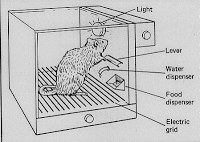
|
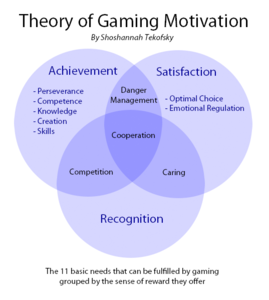
|
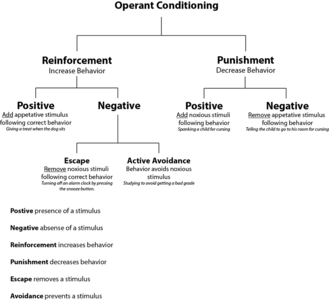
|
| The Psychology of Rewards in Games | Theory of Gaming Motivation | Wikipedia - Reinforcement |
There is also a demonstratable precedent that doing things for others in a team environment yields greater results. Continental Airlines implemented a simple bonus scheme to great effect. The primary requirement is clarity for all. Why team bonuses are more effective
5 The Primary Questions
The usual application of gamification in a business context requires some preparation.
- What process / procedure are you trying to incentivise staff to improve / maintain? (The Problems)
- Attendance, sickness, training progress, quality, compliance, not ready time
- What metrics are you going to use as the primary record of accomplishment? (The Metrics)
- HR report, sickness report, training records, quality scores, quality control output, phone system reporting
Some metrics will be difficult to measure. Gamification can also be used to maintain satisfaction. Putting a cost on hiring and training new staff can be used to put a cost value to staff retention.
Gamification allows for numerous of these metrics to be used. So each of the metrics become enumerated. i.e. putting a points value on each of the outcomes.
The enumeration of the events allows points / values to be gained / lost by users.
- What are you willing to put forward as reward for "winning"? (The Rewards)
- Money, time, access to games, access to exclusive material, internal recognition
With these items answered the rest of the process is very straight forward.
6 The Project
The most important part of justification of gamification is the ROI (Return on Investment). As is the constant battle of marketing you are asking the business to invest X with the hope of achieving Y. The same is true for the application of gamification.
Maths. What metric (M) is expected to rise by what delta (D) resulting in an increased output worth (W) through an investment of (I). So long as W exceeds I, the project will return a profit.
So now the project has all the key essentials:
- The ROI
- The Problems
- The Metrics
- The Rewards
Now we can apply bxp to be able to measure and manage all the aspects of the project.
7 Useful resources
8 Using bxp
8.1 The Data
The first part bxp can help with is getting all the relevant metrics into one place. There are a number of different mechanisms that can be used.
- Quality Assurance: A quality control delivery mechanism Scenario_-_bxp_to_create_Quality_Assurance_programs
- MetaData: Which allows data from spreadsheets and other systems to be centrally stored (e.g. from Phone Systems, HR systems and other sources) Module_-_MetaData
- Inbound Contact: For data capturing with quality control options
- Case management: For contact management with timing and case management Contact_Centre_Training - CC-4-4 Case Management
- Survey Management: Building surveys to get opinions and feedback Module_-_Survey_Management
Every user in bxp has a unique id upon which numerous pieces of data can be associated with.
8.2 Presentation of the data
Making part of gamification is to present that data back in a visually appealing way.
- KeyStats can be used to present back very visually appealing ways Module_-_KeyStats#Using_KeyStats_to_deliver_Gamification
- Information Centre can be used to communicate results back in an auditable way Module_-_Information_Centre
- The bxp API allows any data to be pushed into and pulled from bxp allowing for integration with mobile solutions and even data warehouses. Bxp_API
The real time and clarity of data that bxp provides enables a single version of the truth and the ability for a community effort to achieve a common goal. bxp does this with no undue work overhead for existing overburdened staff. As per the Continental Airlines example mentioned earlier bxp allows everyone see where the team effort is at.
8.3 Managing the rewards
Tracking rewards can also be easily managed through bxp
- Form Management: Allows for dbs of results to be built and centrally managed including central scoring Scenario_-_bxp_and_Data_Centralisation_Strategies
- KeyStats: Can be used to host / facilitate game rewards with data from the bxp API or live from other sources Module_-_KeyStats#Using_KeyStats_to_deliver_Gamification
- MetaData: Allows the manipulation of data from various sources for presentation or pushing to other systems Module_-_MetaData
8.4 Roll out
The easy of availability of bxp means that bxp can be put in front of numerous users very easily and very quickly. Centralised documentation with auditable scoring means easy roll out is very achieveable.
9 Visual Presentation
How you present gamification feeds towards the psychology. For this end utilising speciality designers and visual experts, especially in User eXpreience Design (UXD http://en.wikipedia.org/wiki/User_experience_design ) can greatly enhance the effect of the project.
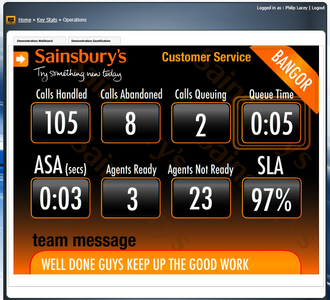
|
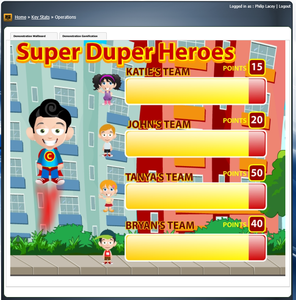
|
All n One work with a number of partners with experience in this areas:
- BlueSun Software http://www.bluesunsoftware.com
- CornerHouse http://www.cornerhouse.ie/
- Courtyards Studio http://www.courtyardstudio.com/
10 Next steps
Why not let All n One help you through realising your gamification project. Give us a call on +353 1 429 4000 or email support@bxpsoftware.com to see how we can help you bring your gamification to life.



